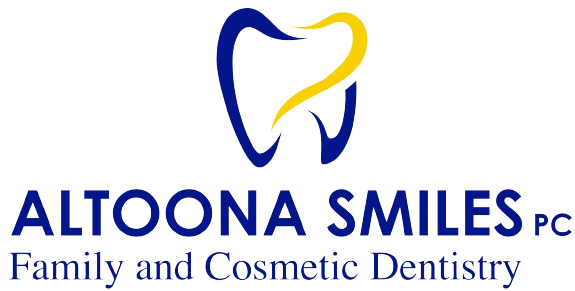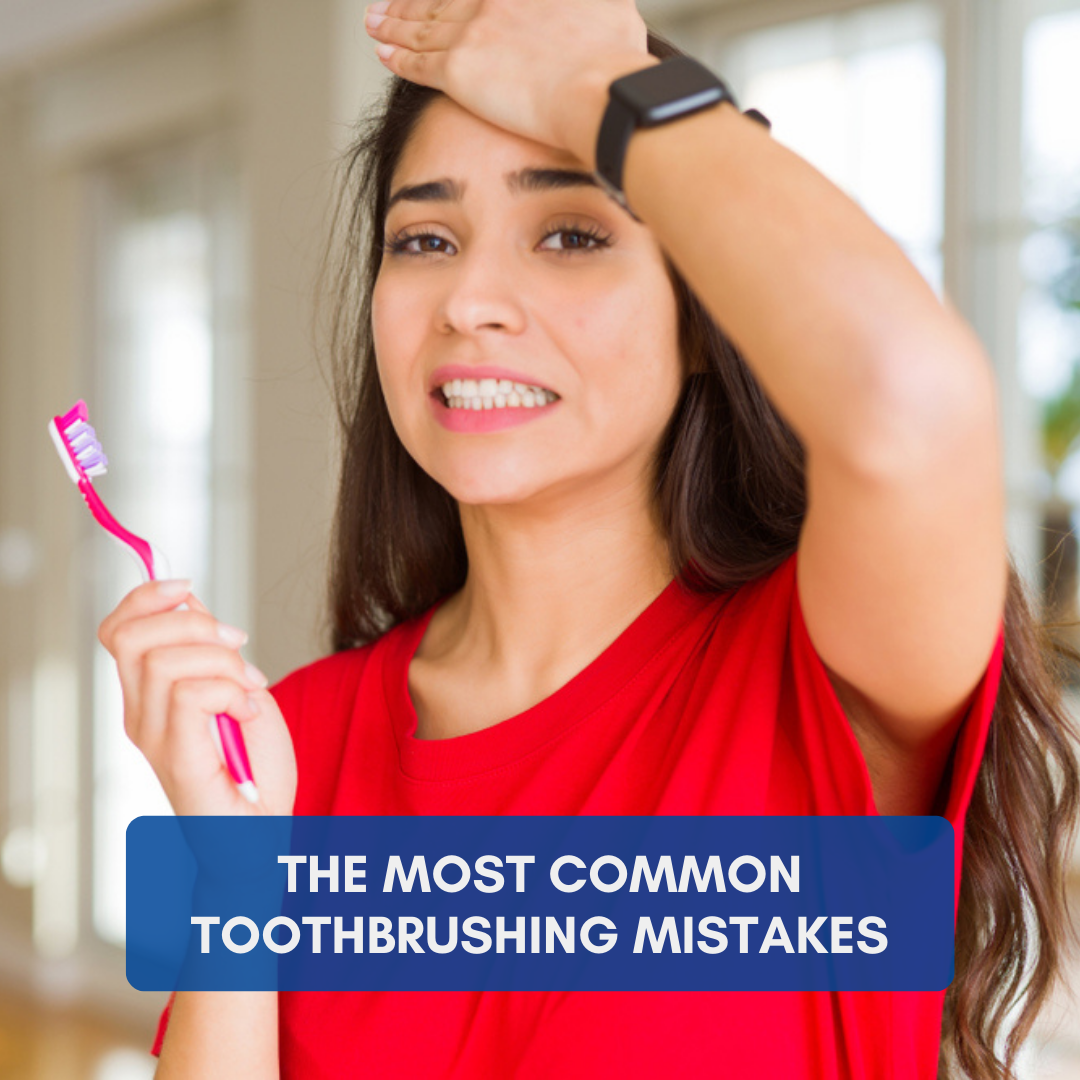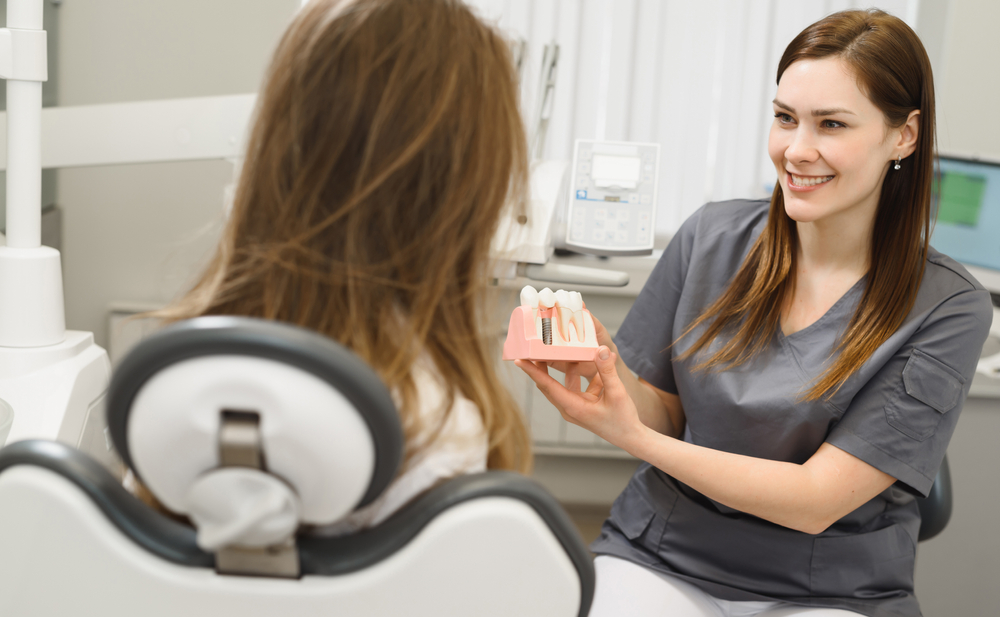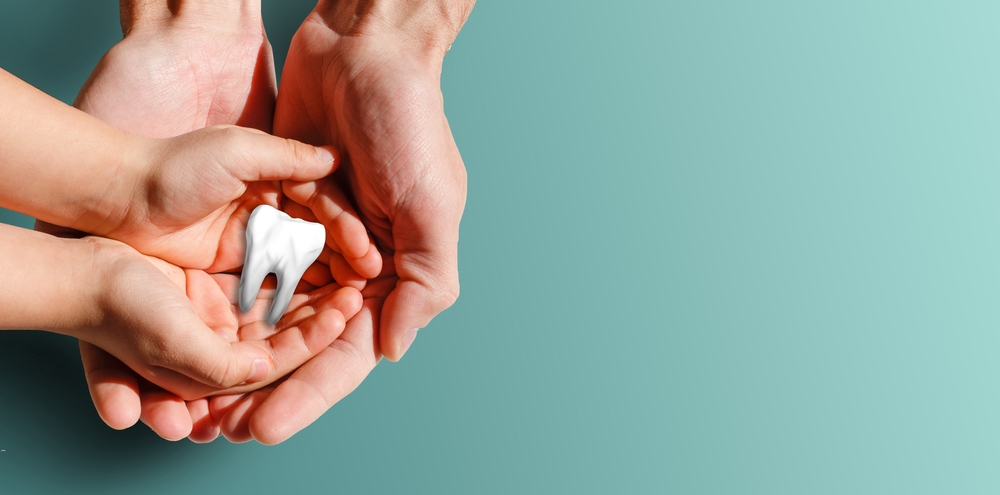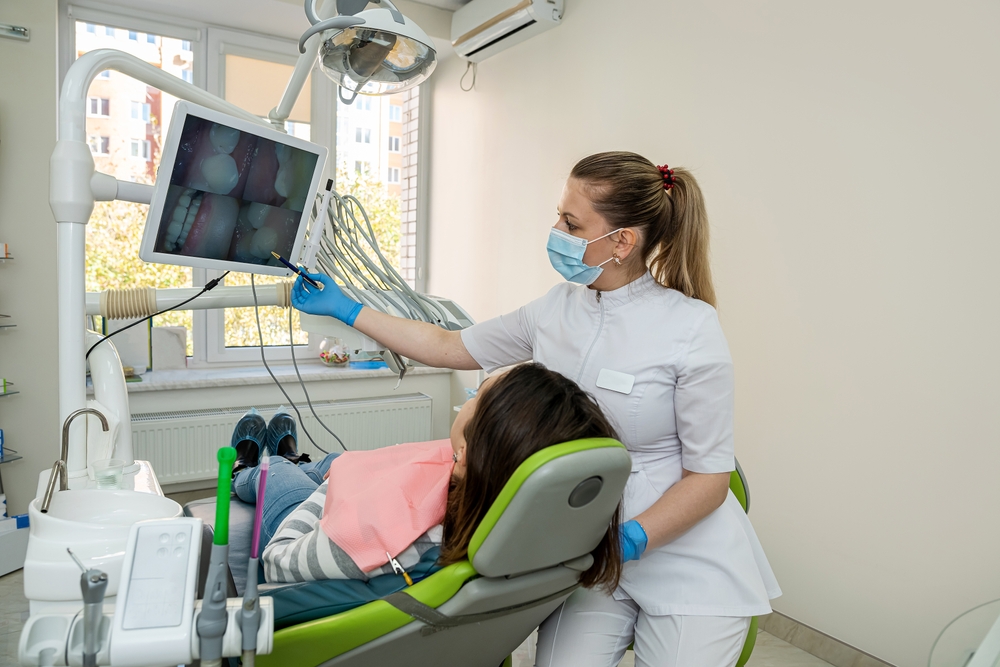It’s probably safe to say that almost everyone has been taught how to brush their teeth at some point in their lives. And for the most part, people know the basics: use a pea-sized amount of toothpaste, brush on the chewing surfaces of your molars, and brush for two minutes. But even if you know how to brush your teeth correctly, you may still be making some common mistakes that can lead to dental problems down the road. In this blog post, we will discuss the six most common tooth brushing mistakes and how to avoid them!
Using the Wrong Type of Toothbrush
One of the most common mistakes people make when brushing their teeth is using the wrong type of toothbrush. There are many different types of toothbrushes on the market, and it can be confusing to know which one to choose. But generally speaking, you want to choose a toothbrush that has soft bristles and is the right size for your mouth. If the bristles are too hard, they can damage your gums and tooth enamel. And if the toothbrush is too big or too small, it will be difficult to reach all of your teeth properly. Look for the ADA Seal of Approval to make sure you are picking the right toothbrush.
Not Switching Toothbrushes
Another common mistake people make is not switching their toothbrushes frequently enough. It’s recommended that you switch your toothbrush every three to four months, or sooner if the bristles start to fray. A worn-out toothbrush won’t clean your teeth as effectively and can even cause gum inflammation.
Using the Wrong Brushing Technique
If you’re not using the correct brushing technique, then you’re not getting the most out of your toothbrushing routine. When you brush your teeth, you should use gentle circular motions and avoid scrubbing back and forth. Be sure to brush on all surfaces of your teeth, including the front, back, and top. And don’t forget to brush your tongue!
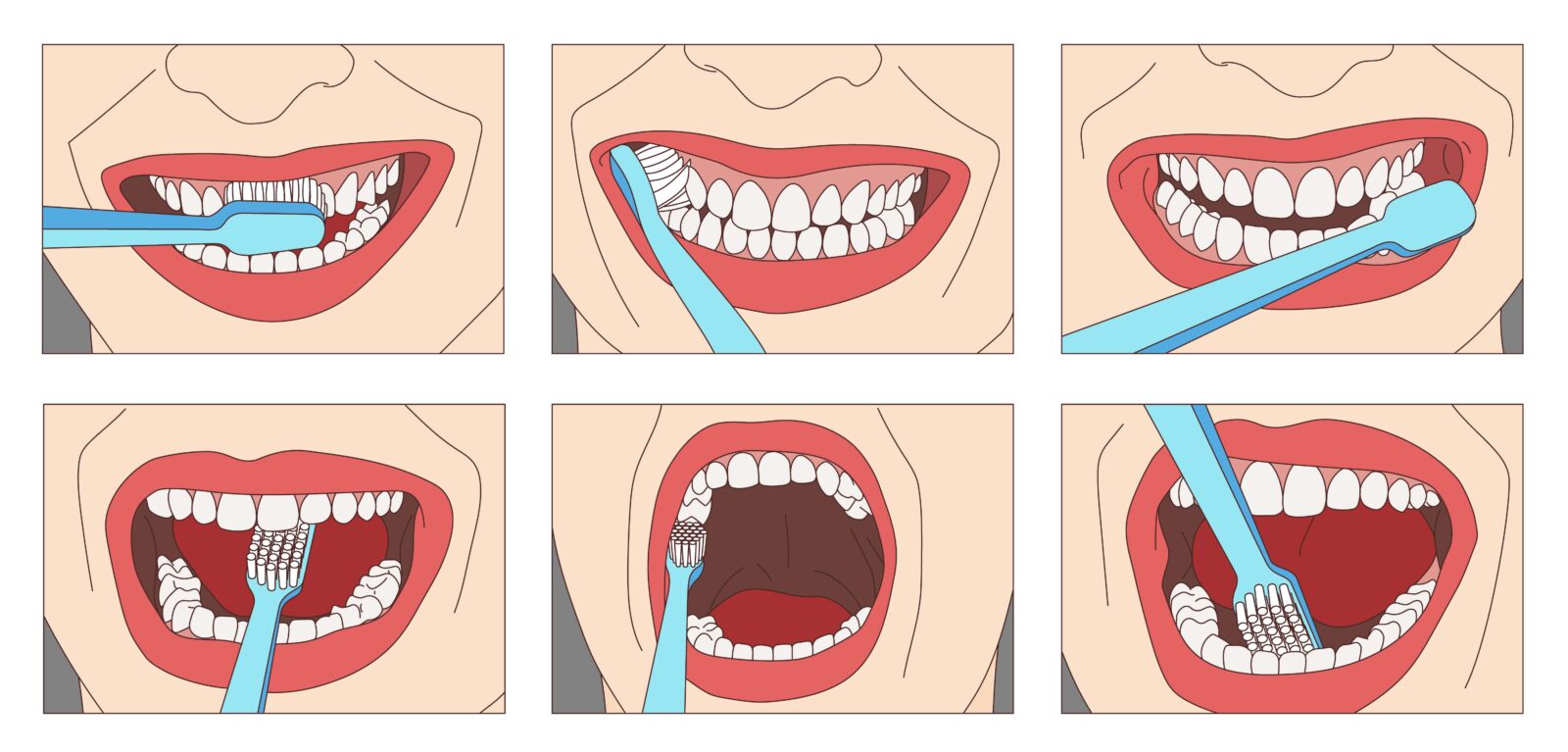
Not Brushing Long Enough
This is an extremely common toothbrushing mistake. If you’re not brushing for two minutes, you’re not giving your teeth enough time to get clean. Use a timer or an electric toothbrush with a built-in timer to make sure you’re brushing for the full two minutes.
Brushing at the Wrong Times
You should be brushing your teeth twice a day: once in the morning and once at night. But avoid brushing immediately after eating, as this can damage your tooth enamel. Wait at least 30 minutes after eating before you brush your teeth. It is also recommended to floss first, then brush so that the fluoride can work its way in between the teeth.
Missing Certain Places
When you’re brushing your teeth, be sure to reach all surfaces of your teeth. This includes the front, back, and top of each tooth. Don’t forget to brush along your gum line and to use a toothpick or floss to clean between your teeth.
Rinsing After Brushing
You may have been taught to rinse your mouth with water after brushing, but this can actually remove the fluoride from your toothpaste that helps to prevent cavities. Instead of rinsing, just spit the toothpaste out and you’re good to go!
Avoiding these common toothbrushing mistakes will help you to keep your teeth healthy and strong. If you have any questions about proper brushing technique or which type of toothbrush to use, be sure to ask your dentist at your next appointment. And don’t forget to schedule regular dental checkups so that your dentist can catch any problems early on. Thanks for reading!
